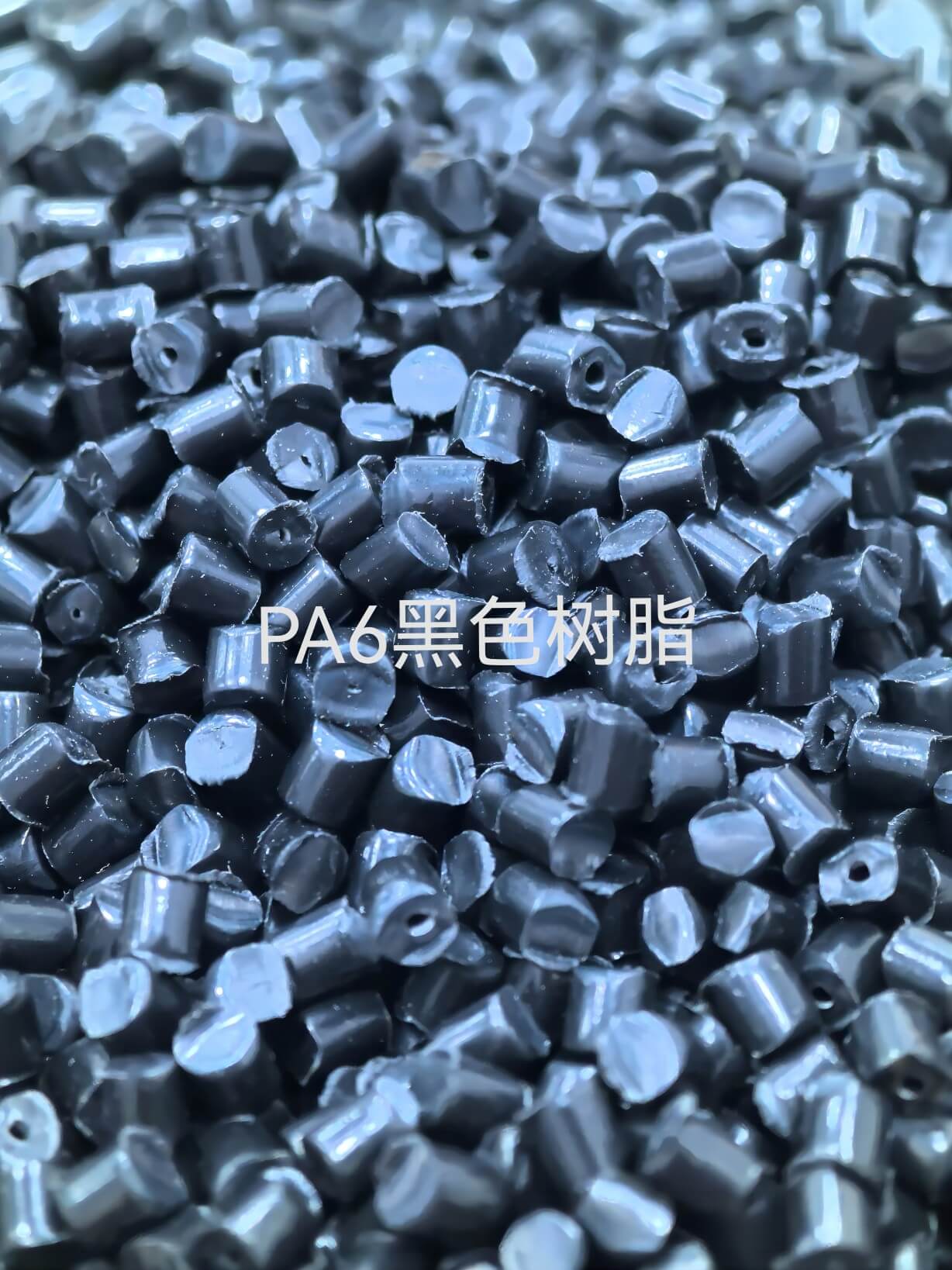
구성 나일론 6 소재: 카프로락탐과 그 기원
나일론 6 소재는 주로 카프로락탐이라는 단일 유형의 모노머로 만들어집니다. 이 화학 물질은 원유와 같은 재생 불가능한 자원에 크게 의존하는 석유화학 산업에서 공급됩니다. 카프로락탐의 합성에는 온실가스 및 기타 오염 물질을 배출하는 복잡한 화학 반응이 수반되어 환경 파괴에 기여합니다.
에너지 집약적인 중합 공정
나일론 6 소재의 제조 공정에는 카프로락탐 분자를 긴 사슬로 중합하는 과정이 포함됩니다. 이 중합은 통제된 환경, 일반적으로 외부 오염을 최소화하도록 설계된 폐쇄된 시스템 내에서 이루어집니다. 이러한 예방 조치에도 불구하고 이 공정에는 종종 화석 연료에서 파생되는 상당한 에너지 투입이 필요하므로 나일론 6 소재 생산의 전체 탄소 발자국이 증가합니다.
대기 오염 및 휘발성 유기 화합물
나일론 6 소재 생산의 주요 환경 문제 중 하나는 휘발성 유기 화합물(VOC)의 방출입니다. 이러한 배출은 대기 오염을 유발하고 특히 산업 활동이 밀집된 지역에서 건강에 심각한 위험을 초래할 수 있습니다. 환경과 인체 건강에 미치는 악영향을 최소화하기 위해서는 VOC를 관리하고 줄이는 것이 중요합니다.
폐기물 발생 및 관리
나일론 6 소재를 생산할 때 물과 용제를 포함한 다양한 부산물이 발생합니다. 이러한 부산물을 효과적으로 처리하고 폐기하는 것은 환경 오염을 방지하는 데 필수적입니다. 일부 부산물은 재활용하거나 용도를 변경할 수 있지만, 적절한 폐기물 관리 관행을 보장하는 것은 나일론 6 소재 생산이 환경에 미치는 영향을 완화하는 데 있어 매우 중요한 측면입니다.
지속 가능한 대안 추구
최근의 발전은 기존의 나일론 6 소재를 대체할 수 있는 보다 지속 가능한 소재를 개발하는 데 초점을 맞추고 있습니다. 여기에는 환경 피해를 줄이면서 비슷한 내구성과 활용성을 제공하는 생분해성 및 재활용 가능한 소재가 포함됩니다. 이러한 혁신은 합성 소재의 생태 발자국을 최소화하기 위한 중요한 단계입니다.
나일론 6 소재의 결론
나일론 6 소재는 여전히 널리 사용되는 가치 있는 합성 소재입니다. 그러나 생산 공정이 환경에 미치는 영향을 면밀히 검토하고 보다 지속 가능한 방식을 추구해야 합니다. 나일론 6 소재의 구성과 제조 방법을 이해하고 친환경적인 대안을 모색하고 투자함으로써 지구에 미치는 악영향을 줄일 수 있습니다. 소재 생산에서 지속 가능한 관행을 우선시하는 것은 미래 세대를 위해 더 건강한 환경을 보장하는 데 필수적입니다.
나일론 6 소재 생산이 환경에 미치는 영향에 대한 FAQ
1. 나일론 6 소재란 무엇인가요?
나일론 6는 내구성, 강도, 내마모성으로 인해 섬유, 자동차, 전자제품 등의 산업에서 일반적으로 사용되는 합성 폴리머입니다.
2. 나일론 6 소재의 주요 구성 요소는 무엇인가요?
나일론 6는 주로 원유와 같은 재생 불가능한 자원에 의존하는 석유화학 산업에서 파생된 모노머인 카프로락탐으로 구성됩니다.
3. 나일론 6 소재는 어떻게 생산되나요?
나일론 6의 생산에는 카프로락탐 분자를 긴 사슬로 중합하는 과정이 포함됩니다. 이 과정은 일반적으로 통제된 환경에서 이루어지며 상당한 에너지 투입이 필요합니다.
4. 나일론 6 소재 생산이 환경에 미치는 영향은 무엇인가요?
나일론 6 소재의 생산은 여러 가지 방식으로 환경에 영향을 미칩니다:
카프로락탐 합성 시 온실가스 및 오염 물질 배출.
휘발성 유기 화합물(VOC)을 방출하여 대기 오염 및 잠재적 건강 위험의 원인이 됩니다.
환경 오염을 방지하기 위해 적절한 처리 및 폐기가 필요한 부산물 및 폐기물의 발생.
5. 나일론 6 소재 생산에서 에너지 소비가 우려되는 이유는 무엇인가요?
카프로락탐을 나일론 6으로 중합하는 과정은 에너지 집약적이며 화석 연료에 의존하는 경우가 많습니다. 이러한 높은 에너지 수요는 생산 공정의 전체 탄소 발자국에 기여합니다.
6. 휘발성 유기 화합물(VOC)이란 무엇이며 왜 우려해야 하나요?
VOC는 나일론 6 생산 과정에서 배출되는 화학물질로, 대기 오염을 유발하고 특히 배출 농도가 높은 산업 지역에서 건강에 악영향을 미칠 수 있습니다.
7. 나일론 6 소재를 생산할 때 폐기물은 어떻게 관리되나요?
나일론 6를 제조할 때 물과 용제 등의 부산물이 발생합니다. 이러한 부산물은 적절히 처리하고 가능한 경우 재활용하거나 용도를 변경하여 환경에 미치는 영향을 최소화해야 합니다.
8. 기존 나일론 6 소재를 대체할 수 있는 더 지속 가능한 소재가 있나요?
예, 비슷한 특성을 유지하면서도 환경 피해를 줄이는 생분해성 및 재활용 가능한 소재를 포함하여 나일론 6를 대체할 수 있는 친환경 소재를 개발하기 위한 노력이 계속되고 있습니다.
9. 나일론 6 소재 생산에서 지속 가능한 관행을 모색하는 것이 중요한 이유는 무엇인가요?
나일론 6 생산과 관련된 환경적 영향을 고려할 때, 오염을 최소화하고 폐기물을 줄이며 재생 불가능한 자원에 대한 의존도를 낮춰 미래 세대를 위해 더 건강한 환경을 보장하기 위해 보다 지속 가능한 관행을 채택하는 것이 중요합니다.
10. 나일론 6 소재의 생산 과정을 이해하면 환경에 미치는 영향을 줄이는 데 어떻게 도움이 되나요?
업계와 소비자는 나일론 6의 성분, 생산 방법 및 관련 환경 영향을 이해함으로써 정보에 입각한 선택을 하고 보다 지속 가능한 대안과 관행을 옹호하거나 투자할 수 있습니다.
